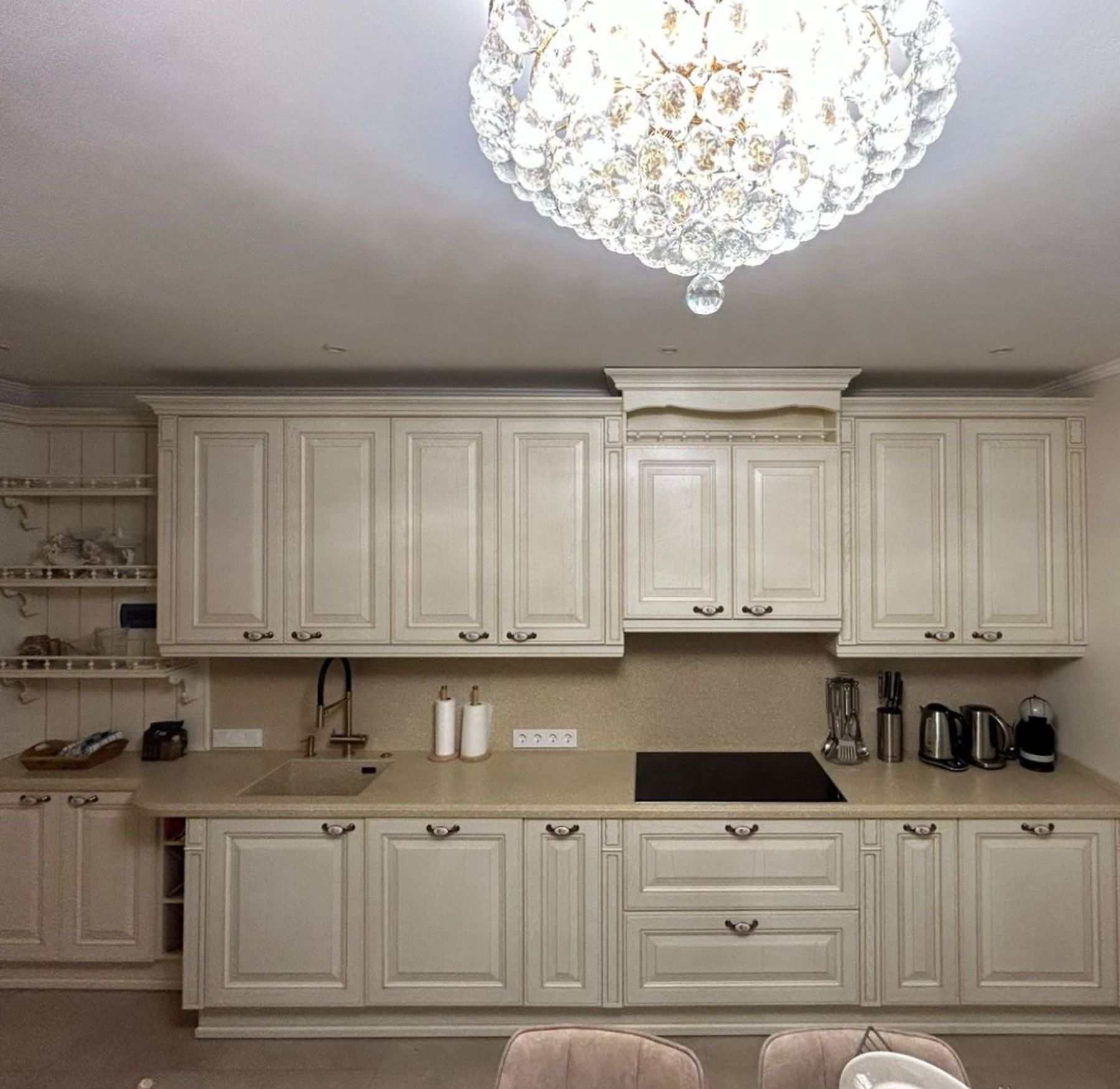
Culinary Spaces Redefined: Embracing the New Dining Experience
As the world of gastronomy continues to evolve, so too do the spaces in which we enjoy our culinary experiences. The concept of a dining area has been transformed, breaking the traditional boundaries and expanding into something more versatile and interactive. Culinary spaces are being redefined, merging with art, technology, and social engagement to create environments that are as memorable as the food itself.
Integrating Technology in Dining Areas
Advancements in technology have paved the way for interactive dining experiences that captivate the senses beyond taste alone. Restaurants and eateries are integrating tools like augmented reality to educate diners about the sourcing of their food or to visually enhance the presentation of their dishes. Digital menus on tablets allow for a more dynamic selection process, often complete with images and detailed descriptions.
Combining Art and Eating
Aesthetic considerations are no longer just an afterthought in culinary spaces. Artists and designers are collaborating with chefs and restaurateurs to create immersive environments where the decor and plating complement each other, turning a meal into a multisensory experience. Spaces are designed with themes and narratives that take diners on a journey, not just culinarily but visually and emotionally as well.
The Rise of Social Dining
The redefined culinary space also champions social interaction and shared experiences. Communitarian tables, pop-up dining events, and cooking workshops encourage dialogue and connection among diners. The kitchen is no longer hidden away but often exposed or even placed centrally, allowing chefs to engage directly with their audience.
Embracing Sustainability
Modern culinary spaces are deeply intertwined with the concept of sustainability. Eco-friendly design elements, including recycled materials and green walls, are being employed to reflect a commitment to the environment. Sustainable practices also extend to minimizing food waste and sourcing locally, giving rise to a new kind of dining space that’s both conscientious and innovative.
Multi-Functional Spaces
Fine dining is merging with casual and fast-casual concepts to create spaces that cater to all dayparts and dining preferences. From coffee shop by day to upscale bistro by night, these multi-functional spaces are designed to be adaptable, serving the needs of a diverse clientele around the clock.
Conclusion: The Future of Culinary Spaces
The redefinition of culinary spaces is ongoing, with novel ideas continually emerging and expanding the horizon of what a dining experience can be. The future holds promises of even more integration of technology, sustainability, and art, with the diner's experience at the heart of innovation. As culinary spaces continue to adapt and transform, they set the stage for new traditions in the world of gastronomy, offering unforgettable encounters with cuisine that resonate far beyond the plate.
``` This breakdown includes an introduction to the topic, the various emerging trends redefining culinary spaces, and a concluding outlook on the future of these spaces. The HTML headings and paragraph tags structure the content for easy reading and web presentation.